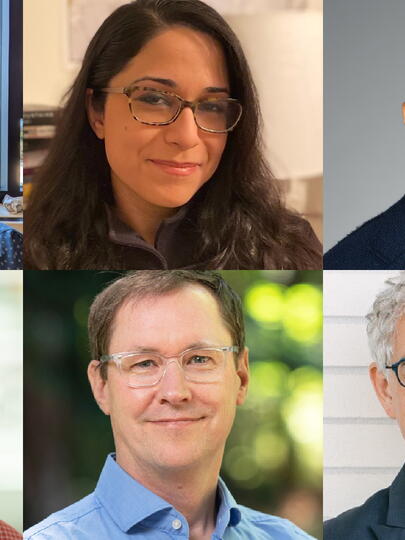Spotlight
AI for Social Good
AI is already deeply embedded in our lives, its rapid advancement stoked largely by commercial interests. Now relatively inexpensive to deploy, this potent technology is increasingly being applied to non-profit initiatives that have human wellbeing at heart, and to finding solutions for some of the most intractable problems facing our world.
Raymond Ng is using NLP to streamline complex processes and improve patient outcomes.
Researchers are exploring the pitfalls and potential of human-robot bonding.
Cardiologist Teresa Tsang is using AI to advance and democratize cardiac imaging in BC.








































